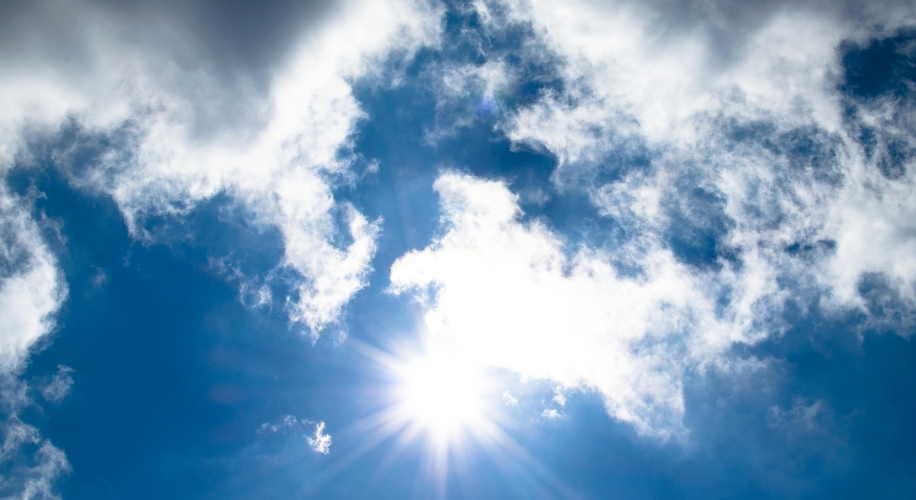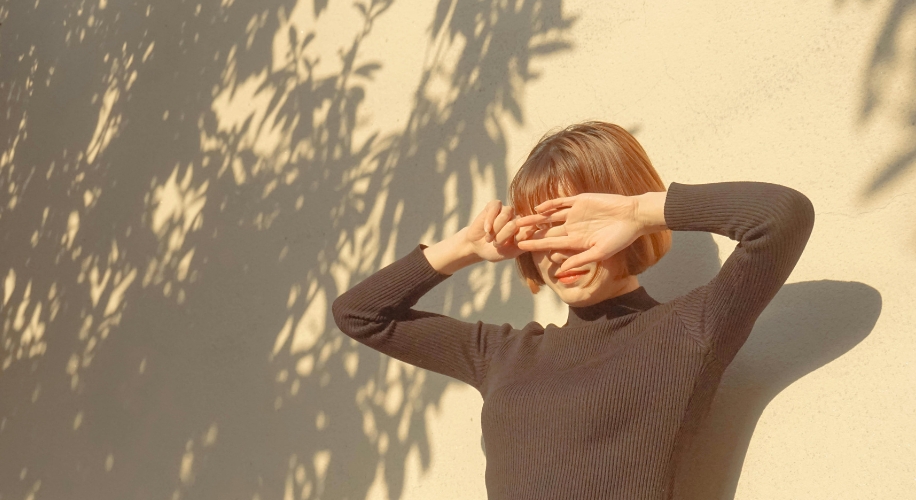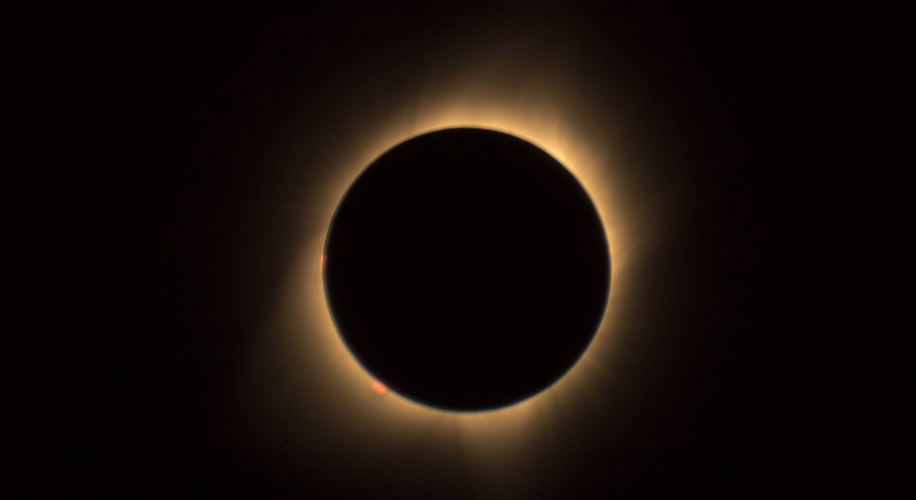Solar Retinopathy: Understanding the Risks of Solar Eclipse Viewing
The mesmerizing beauty of a solar eclipse often draws people’s attention to the sky, but what many may not realize is the potential danger to their eyes. Solar retinopathy, a condition caused by direct exposure to the sun’s intense rays, can have serious consequences for vision.
What is Solar Retinopathy?
Solar retinopathy is a condition that occurs when the sun’s light damages the cells in the retina, the light-sensitive tissue at the back of the eye. This damage is primarily a result of staring at the sun without proper eye protection.

H2: The Mechanism and Effects
Mechanism:
When light enters our eyes, the tissues in the front of the eye focus light to a small, concentrated point on your retina called your fovea. When the eye is exposed to the sun, especially during a solar eclipse when the sun is partially covered, the intense light triggers a thermal photochemical reaction in the cells of the retina. This reaction leads to the formation of free radicals, causing oxidative stress and damage to the delicate retinal cells.
Effects:
- Blurred Vision: Solar retinopathy often manifests as blurred or distorted vision. Individuals may experience difficulty focusing on objects and may notice a decrease in visual clarity.
- Central Scotoma: A central scotoma, or a blind spot in the center of the visual field, is a common symptom. This can interfere with tasks that require sharp central vision.
- Color Disturbances: Some individuals may perceive colors differently, with a loss of vibrancy or distortion in their color perception.
- Photophobia: Increased sensitivity to light, known as photophobia, can occur. Even exposure to regular indoor lighting may cause discomfort.

Prevention and Protection
Solar Viewing Glasses:
Invest in certified solar viewing glasses that meet the necessary safety standards. These glasses are designed to block harmful ultraviolet, visible, and infrared radiation.
Pinhole Projector:
Safer alternatives to direct viewing include using a pinhole projector, which projects the image of the sun onto a surface, allowing indirect viewing.
Virtual Viewing:
Explore virtual and live-streamed eclipse events online, where experts provide safe, close-up views without the risk of eye damage.

While the allure of a solar eclipse is undeniable, protecting your eyes should be a top priority. Solar retinopathy is entirely preventable with the right precautions. Embrace safe viewing methods during the upcoming solar eclipse on April 8, 2024 to ensure that the beauty of the eclipse doesn’t compromise the health of your eyes. Remember, preserving your vision is a lifelong investment in your overall well-being.



 Canada
Canada